A Project to “Rewild” Europe, Brings a Safari-Style Camp to Portugal
See Europe as it was five thousand years ago
Even if you have never been to a modern African safari camp, you probably know what one looks like. Wooden platforms with the skeletal outline of a gabled roof; white canvas ceiling and walls. Mosquito netting; simple, wooden furniture and spacious views of wild landscapes that are one pull of a curtain away from your bed.
But couldn't this type of accommodation work in other wild places, too? A conservation organization and a local inn decided to find out in Portugal at the Faia Brava Wildlife Reserve. The result is called Star Camp; an experiment in ecotourism which represents a first for Europe.
“You have the landscape of Côa valley on the front of the tent,” Sara Nara, owner of Star Camp, tells Smithsonian.com. “You can open up the tent to see it better. You have all the things of a proper bed and breakfast in the wild.”
The Faia Brava reserve is part of a new series of experiments in Europe to create wild places based on a philosophy similar to that of Yellowstone National Park in the United States, which has reintroduced species like wolves and free-roaming bison in a bid to restore its ecosystem. Traditionally, European wildlife habitats in parks and preserves are intensively managed. But Rewilding Europe, a non-profit conservation organization, thinks that should changed. It has brought together a coalition of smaller non-profits to steer Europe's wild places towards a hands-off approach that focuses on restoring the native species that can make ecosystems function on their own.
“In the past it was always the theory of putting up a fence and managing the processes ourselves,” Simon Collier, Wildlife Tourism Manager at Rewilding Europe, tells Smithsonian.com. “But rewilding is challenging that idea. These species can live harmoniously together, and you don't have to manage the land as intensively as we had thought.”
Faia Brava was farmland 30 years ago. But globalization has forced farmers from all around Europe to compete with each other. The dry, rocky soil makes it difficult to produce many crops at competitive prices. Rewilding Europe is taking over large tracts of former farmland that isn't well suited to modern factory farming in a bid to restore it to something resembling the landscape before Europe's agricultural revolution.
Five thousand years ago, much of Europe was probably an open, savannah-like landscape dotted with occasional clumps of trees and brush. It was grazed by large herds of wild horses and aurochs (wild ancestors of modern cattle). Wolves and lynxes prowled for prey and Egyptian vultures circled for the leftovers. It was remarkably similar to much of modern Africa's parklands. Faia Brava has come a long way to restoring that ecosystem for visitors to see.
Waking up in Star Camp, visitors may open their tents to see a pristine landscape which is gradually bearing more of a resemblance to the Portugal of the past.
“No telephone lines or radio towers in the distance,” says Collier. "Nice gentle, rolling hills. The sunrise in the morning is exactly the same. It provides you with a sense of adventure and a feeling like you are in Africa.”
The idea for Star Camp “came out of the ecotourism models in South Africa where there was a focus on ecotourism,” says Collier. “Building just a guest house wouldn't have been good enough." In the project's early days, he says, the site was selected with careful attention to factors like its natural light, and acoustic atmosphere and sights.
Some of those sights now include animals that are part of a de-extinction program. Though they've long been extinct, aurochs (pronounced like aur-ox) once occupied an ecological niche analogous to the bison in North America or the cape buffalo in Africa. To get Europe's ecosystems functioning again, The Tauros Project began re-creating the aurochs by selectively cross-breeding primitive breeds of cattle. It's now gradually working to breed back the aurochs, and the large bovids grazing on Faia Brava are part of the project.
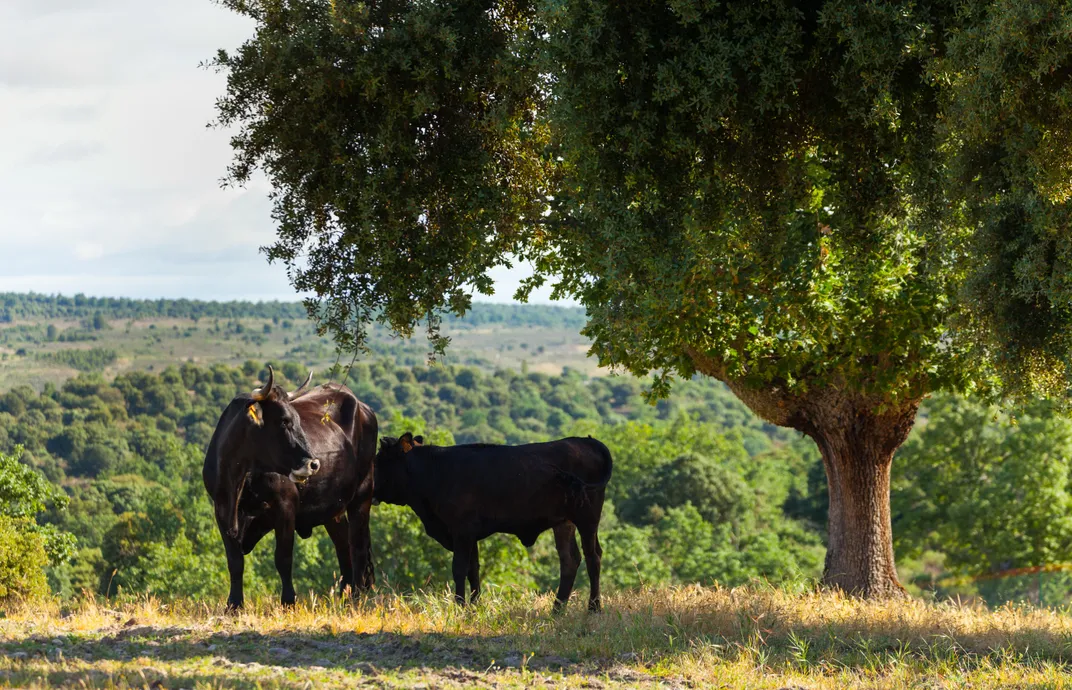
Visitors can also spot wild-ranging Garrano horses grazing with the aurochs-in-progress. Garranos are a breed of domestic horse indigenous to the region which are believed to include a high proportion of genes from wild ancestors that roamed Portugal thousands of years ago. Nearby rock paintings, over 2,500 years old, show ancient horses that look strikingly similar to the Garranos that graze the landscape today (tours of the numerous rock paintings are available at the Coa Valley Archaeological Park).
But horses and bovids aren't Faia Brava's only draw. One of the reserve's most popular attractions is a blind that has been constructed in front of a feeding area for Egyptian vultures, griffin vultures and black vultures. The carcasses of deceased donkeys, horses and other livestock are brought here to attract the birds, many of which move between North Africa and Portugal. Birdwatchers and professional photographers have praised it as an unusual opportunity to see these scavengers up close.
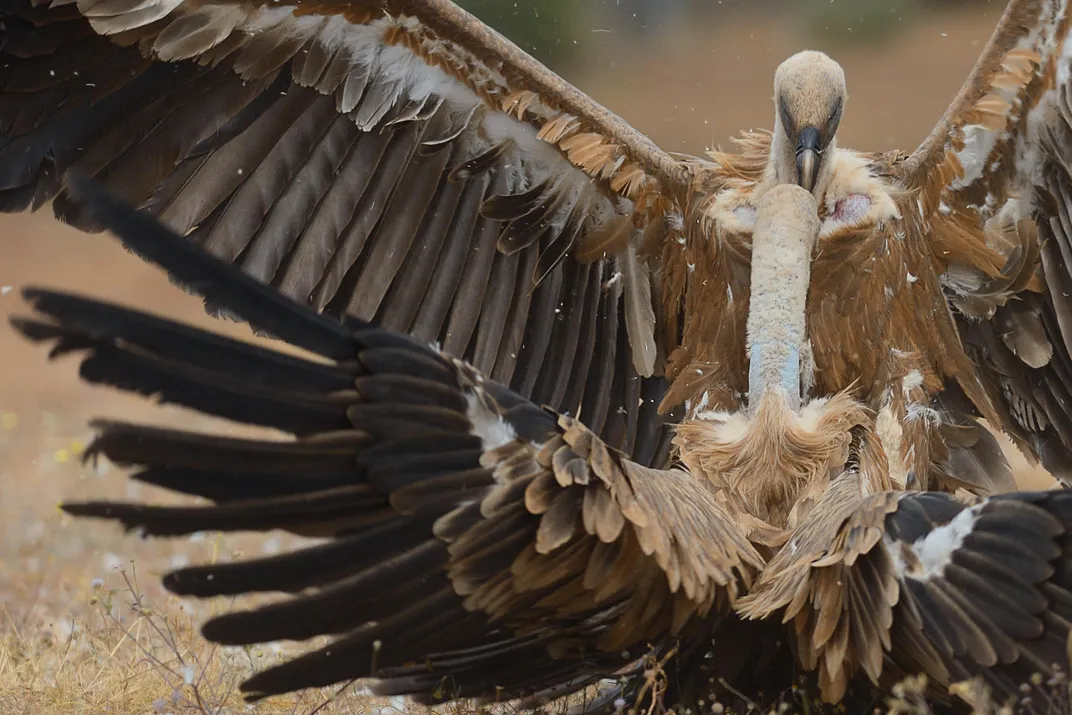
Hiking trails and tours of local wine and olive production facilities offer other opportunities to take in the local sights. Faia Brava falls within the Douro wine region, the oldest demarcated wine region in the world, which has long been known for its big-bodied port wines and lighter Bordeaux-style clarets. Star Camp is within 20 miles of the Muxagat Vinhos organic winery. Muxagat means 'owl and cat,' also referring to the picturesque nearby village of Muxagata, and the facility features wines made from five different indigenous grape varieties. And don't stop with a glass of wine: Collier tells Smithsonian.com that Star Camp regular partners with local businesses on "very high-level dining experiences—an African idea of a bush dinner."
Star Camp's current platform tents are set up to accommodate couples (perhaps with one small child). A larger, family-sized platform tent is expected to be ready for guests by July of 2017. Though each tent is equipped with a bathroom and running water, Collier calls it "effectively sleeping under the stars with lots of creature comforts."
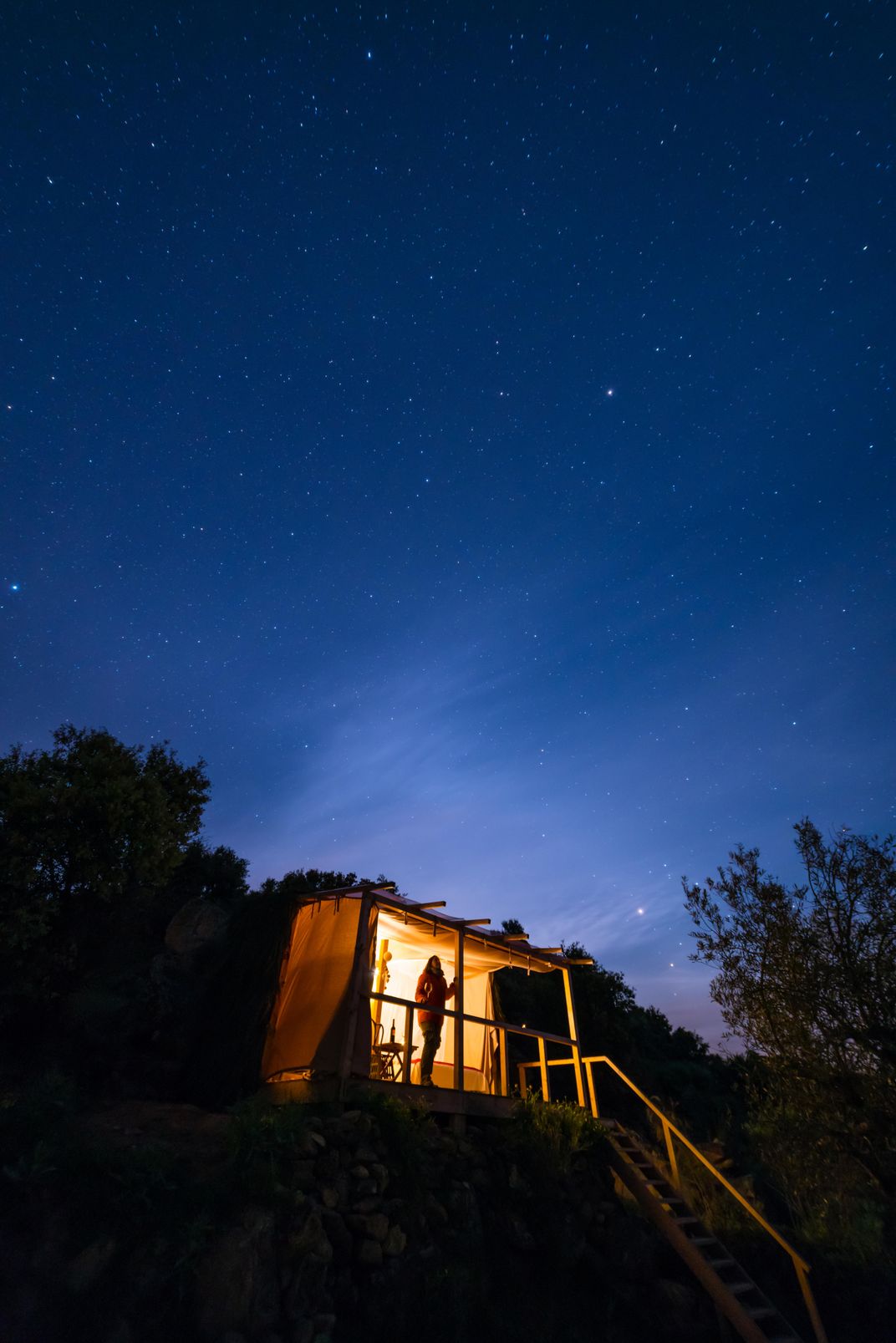
If things go according to plan, Faia Brava will one day become part of a network of wildlife reserves being built throughout Europe. Numerous small reserves are being set aside as land becomes available and safe corridors are planned to eventually connect the properties and allow wildlife to safely migrate as needed. Much like Yellowstone in North America and the parks of South Africa and Namibia, ecologically sensitive tourism is a key component of Rewilding Europe's long-term plans.
“It's not just a business model that supports Sara [and Star Camp],” says Collier. “It's to support the reserve as well. Some of that money comes back to the reserve itself. [And] people from the local villages start to see the value in having nature instead of just a cleared landscape.”
Planning Your Next Trip?
Explore great travel deals
Smithsonian magazine participates in affiliate link advertising programs. If you purchase an item through these links, we receive a commission.
/https://tf-cmsv2-smithsonianmag-media.s3.amazonaws.com/accounts/headshot/JacksonLanders.jpg)
/https://tf-cmsv2-smithsonianmag-media.s3.amazonaws.com/filer/22/97/2297a204-af00-4ca3-92b2-9b05a5e42d16/rewilding-europe-1.jpg)
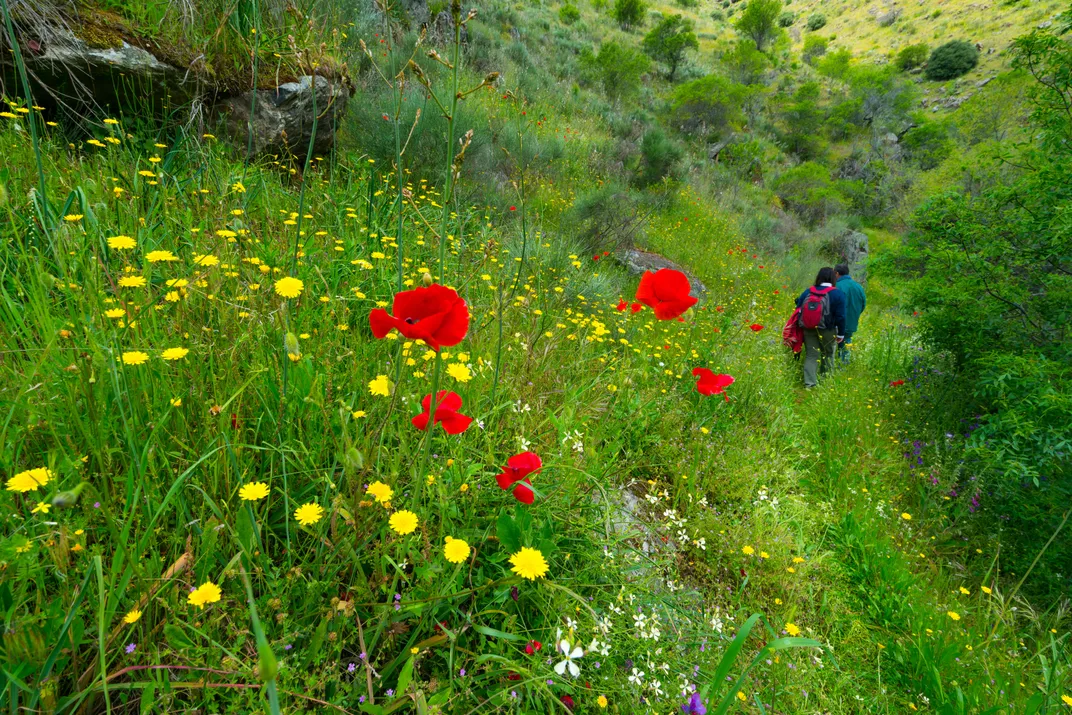
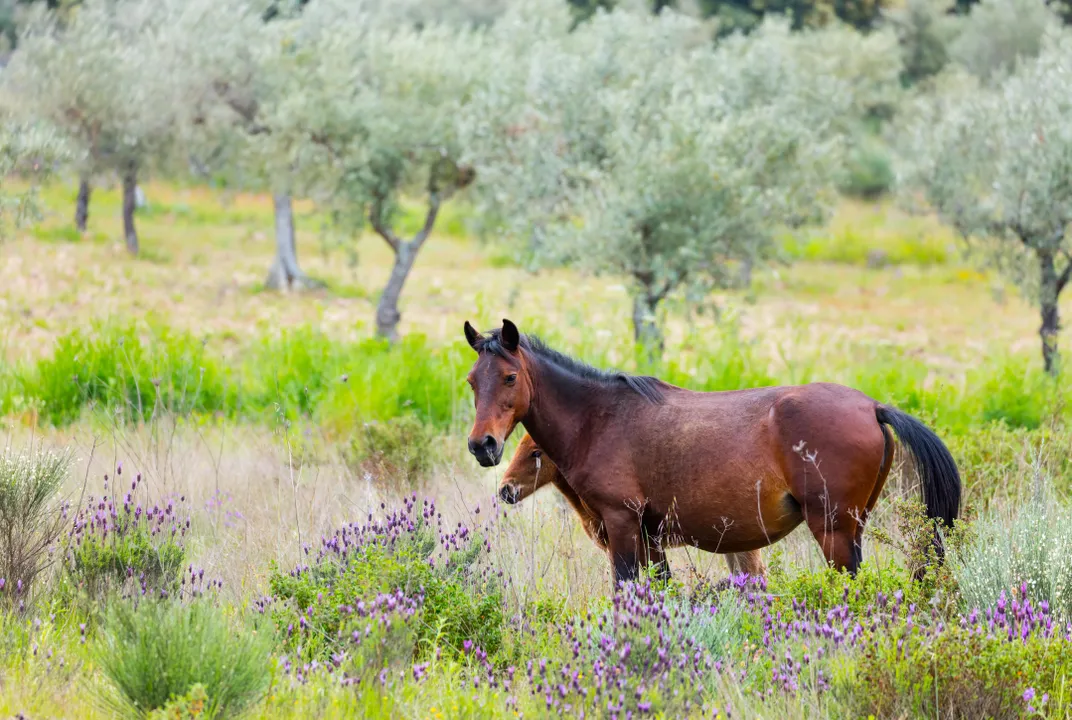

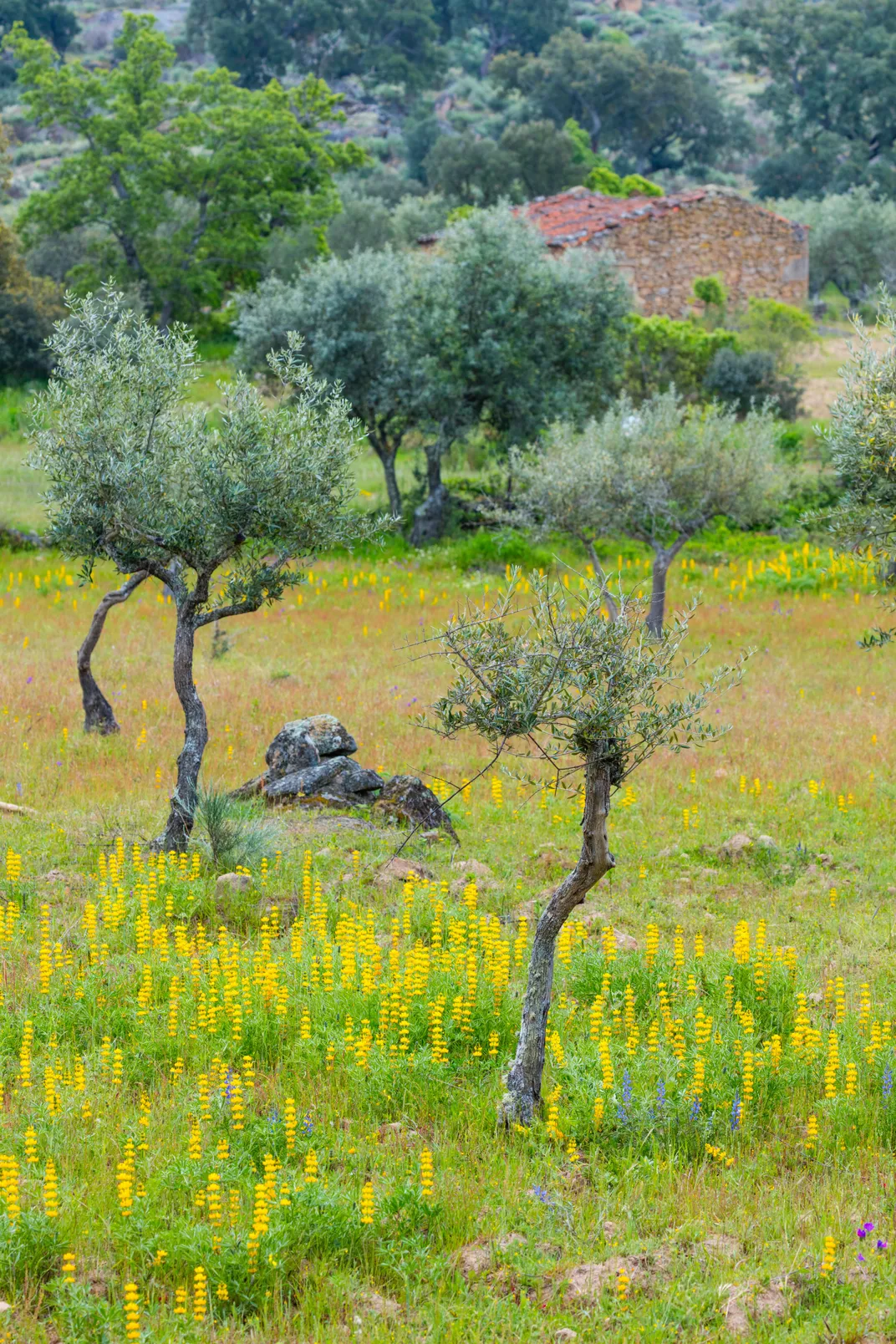
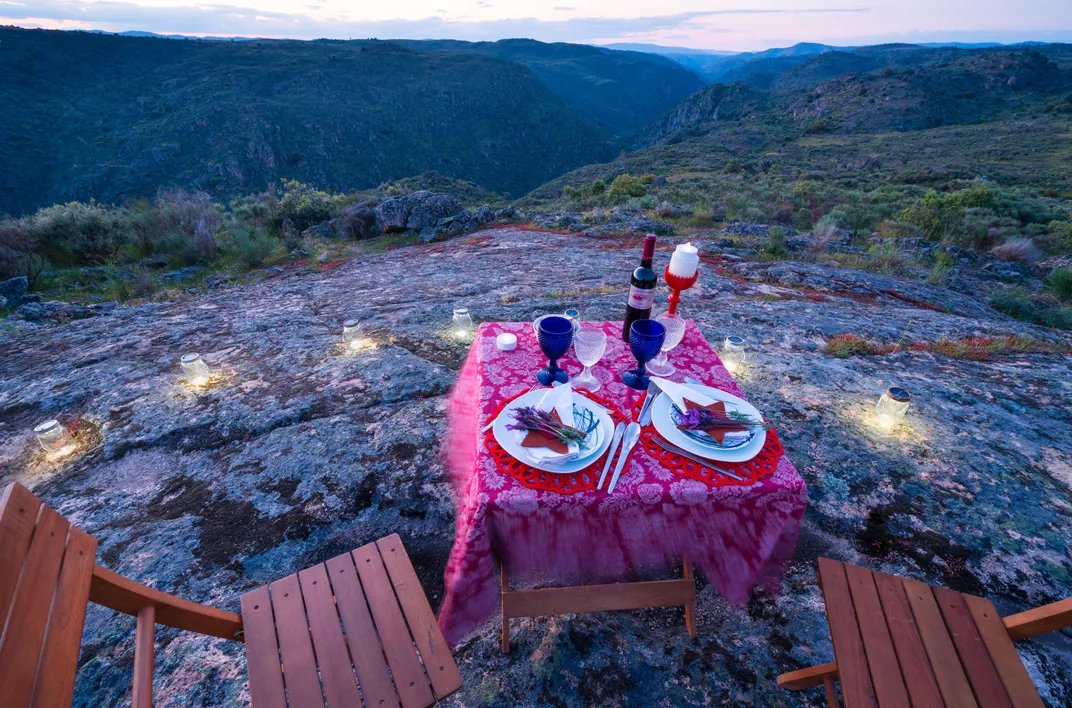
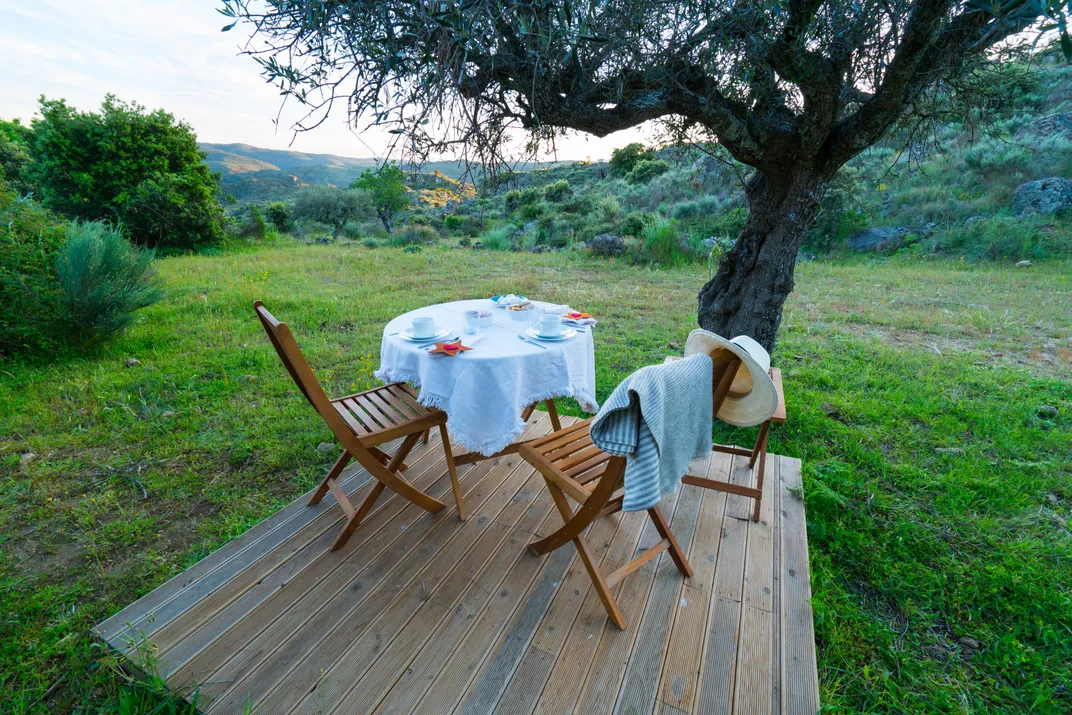
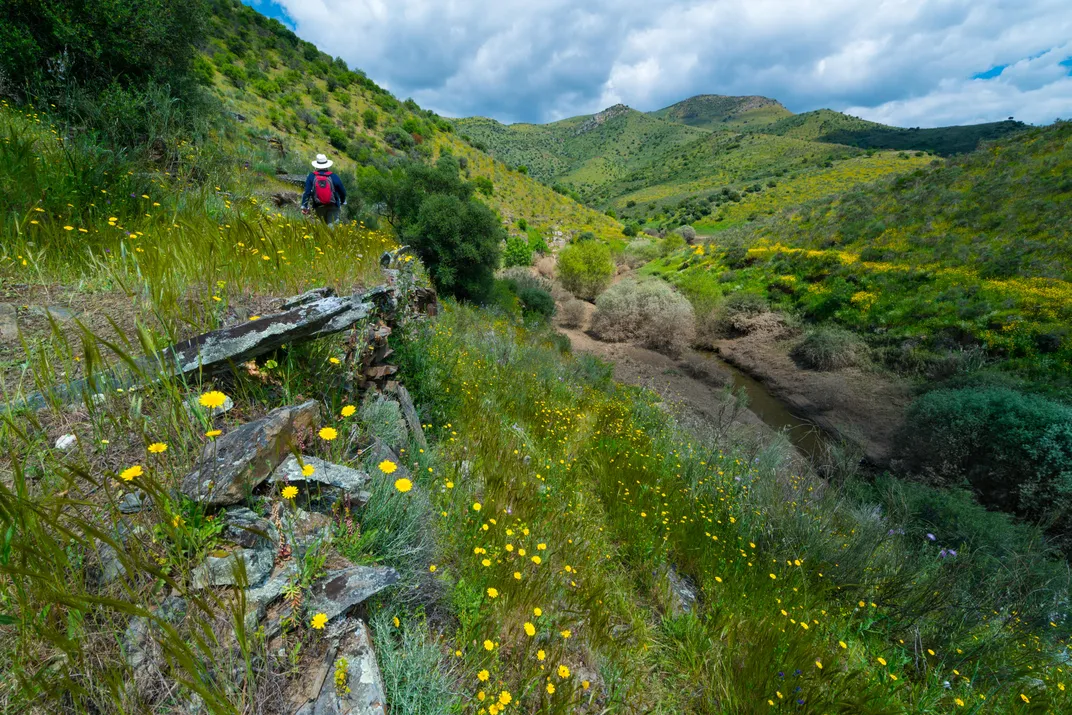
/https://tf-cmsv2-smithsonianmag-media.s3.amazonaws.com/accounts/headshot/JacksonLanders.jpg)